How to steer toward a positive AGI future
Category: robotics/AI – Page 133
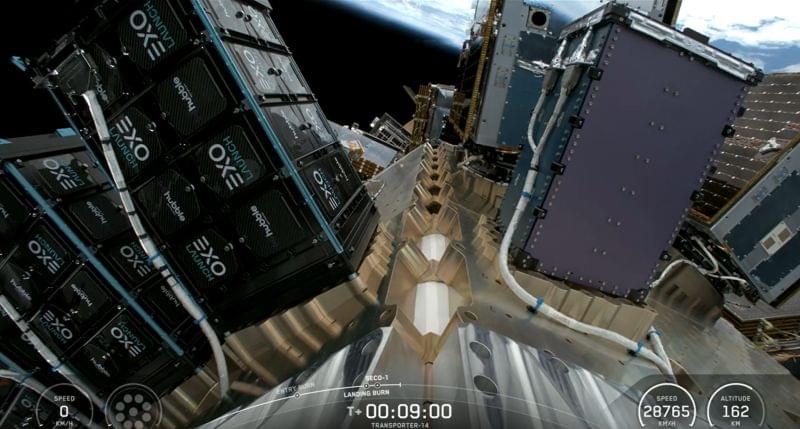
SpaceX launches UK satellite to create semiconductors in low Earth orbit — sub-zero temps and vacuum of space could advance AI data centers and quantum computing
In-space manufacturing is a relatively new field that seeks to utilize the unique characteristics of outer space and/or low-Earth orbit to achieve fabrication methods not possible on Earth. Space Forge’s primary goals are to produce semiconductors for data center, quantum, and military use cases, using “space-derived crystal seeds” to initiate semiconductor growth, utilizing unlimited vacuum and subzero temperatures for manufacturing, and then returning the chips to Earth for packaging.
The ForgeStar-1 satellite will not bring the cargo it manufactures back to Earth at the completion of its mission. Acting more as a proof-of-concept and prototype for a litany of technologies engineered by Space Forge, the satellite will be tasked with running through the successful application of key technologies for in-space manufacturing, and will end its mission with a spectacular fireball.
Space Forge plans to test both the best-case and worst-case scenarios for the satellite’s recovery. First, it will deploy its proprietary Pridwen heat shield and on-orbit controls to steer the satellite, and then test its failsafe mechanism, which involves disintegrating the craft in orbit.
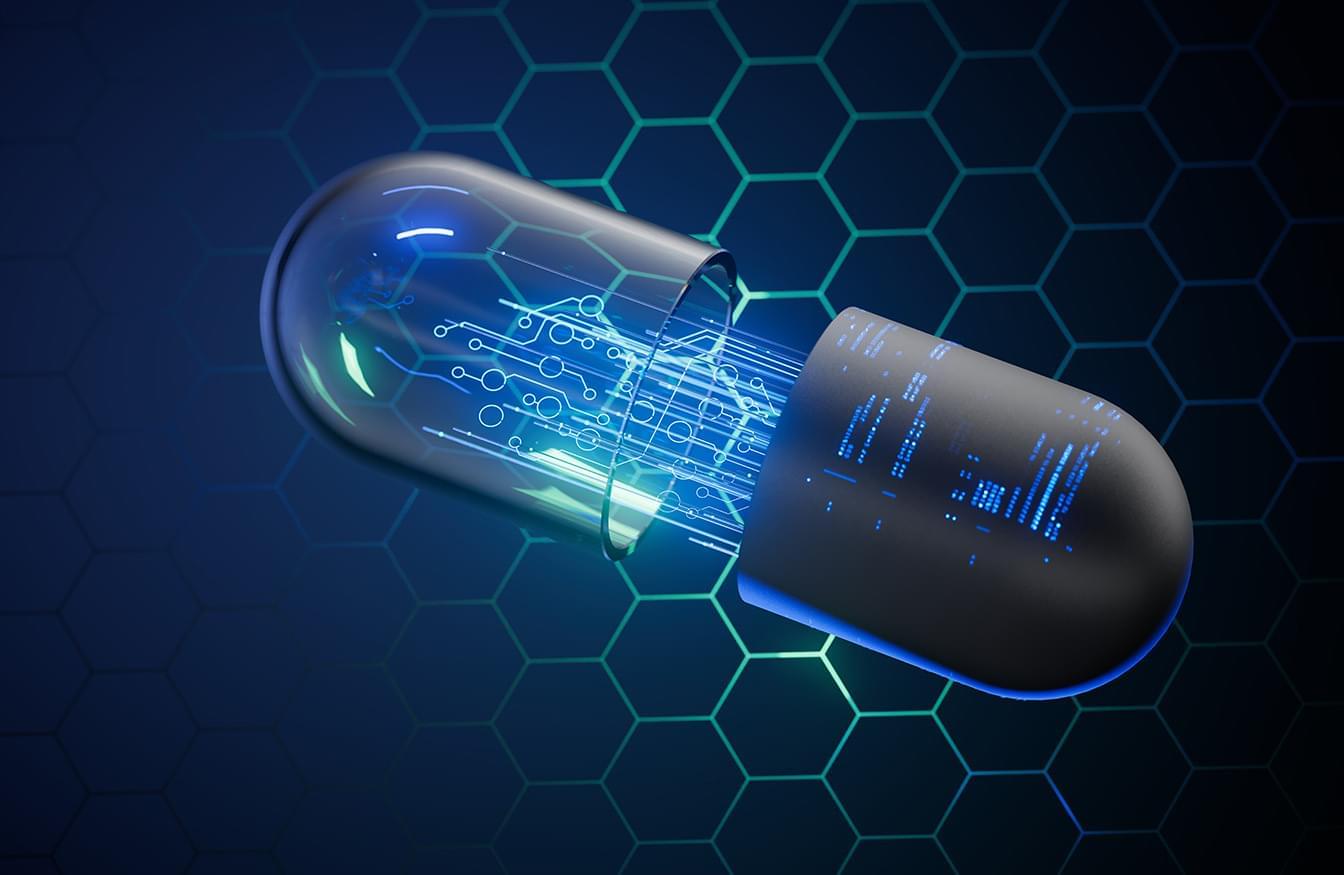
Affordable, open-source humanoid robot for beginners unveiled in US
Berkeley unveils a $5K open-source humanoid robot built from 3D-printed parts, empowering anyone to learn, build, and customize robotics.
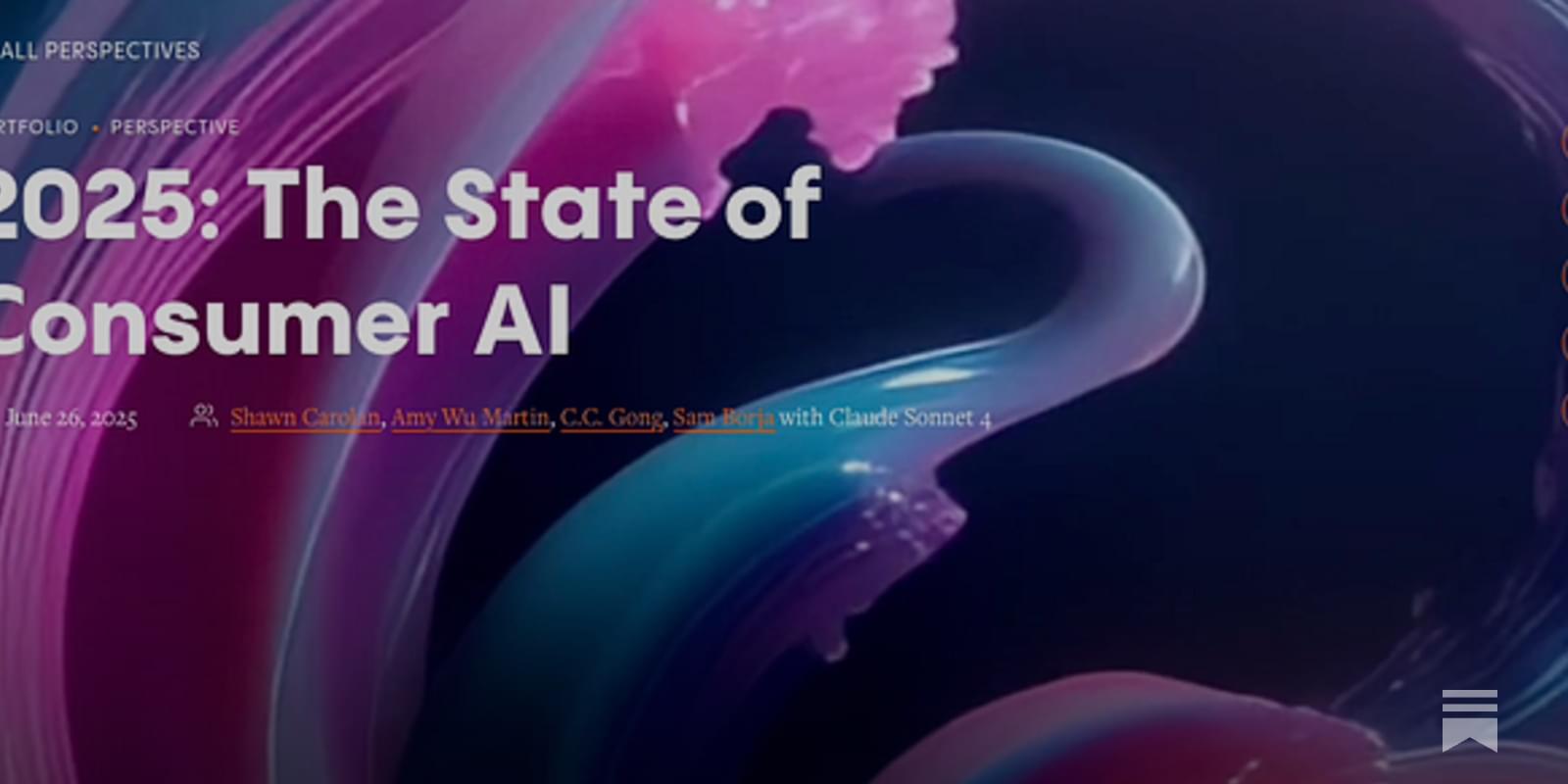

Texas Tech, Fermi America announce world’s largest AI energy campus near Pantex
“This collaboration will not only position Texas Tech to address the evolving demands of the energy and technology sectors, but will also create meaningful educational opportunities for our students and research possibilities across many disciplines,” said Texas Tech University President Lawrence Schovanec.
In addition to internships and training programs, the project includes a dedicated academic and research facility with classrooms, offices and conference space for students and faculty across the university system.
Fermi America has also pledged to support a long-term excellence fund to advance research, promote academic priorities and expand student success initiatives throughout all five institutions in the Texas Tech University System.
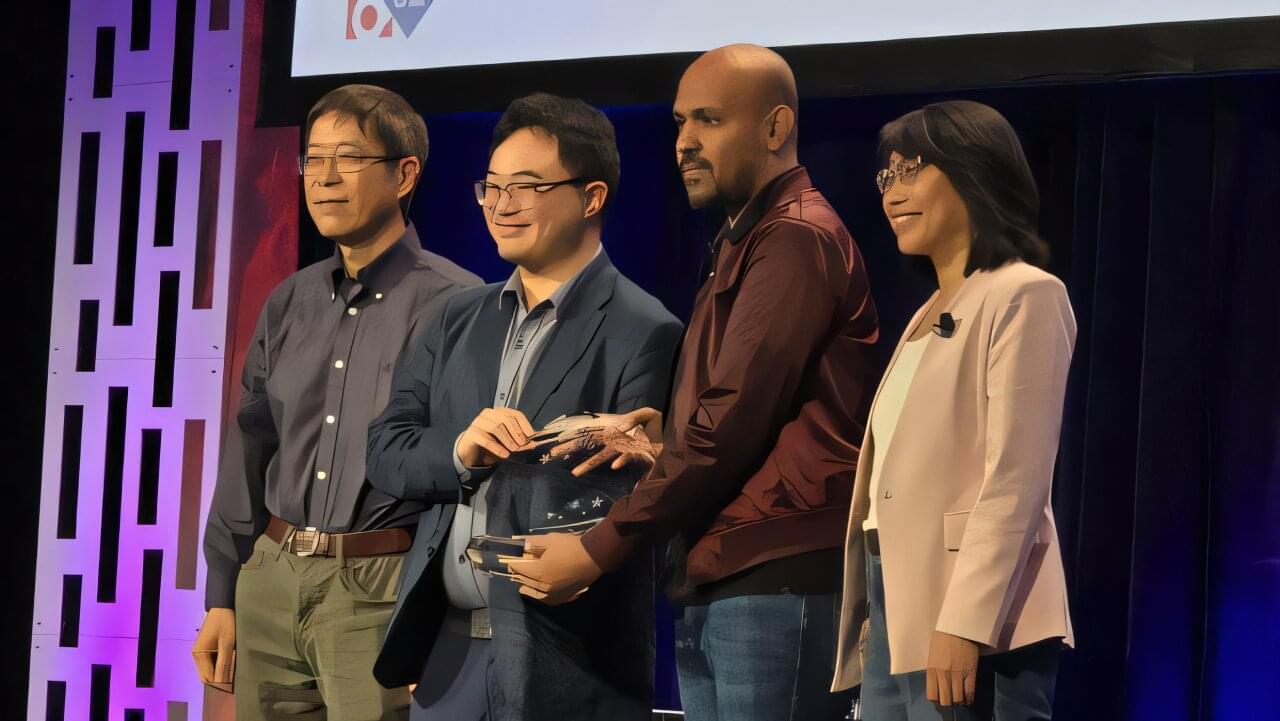
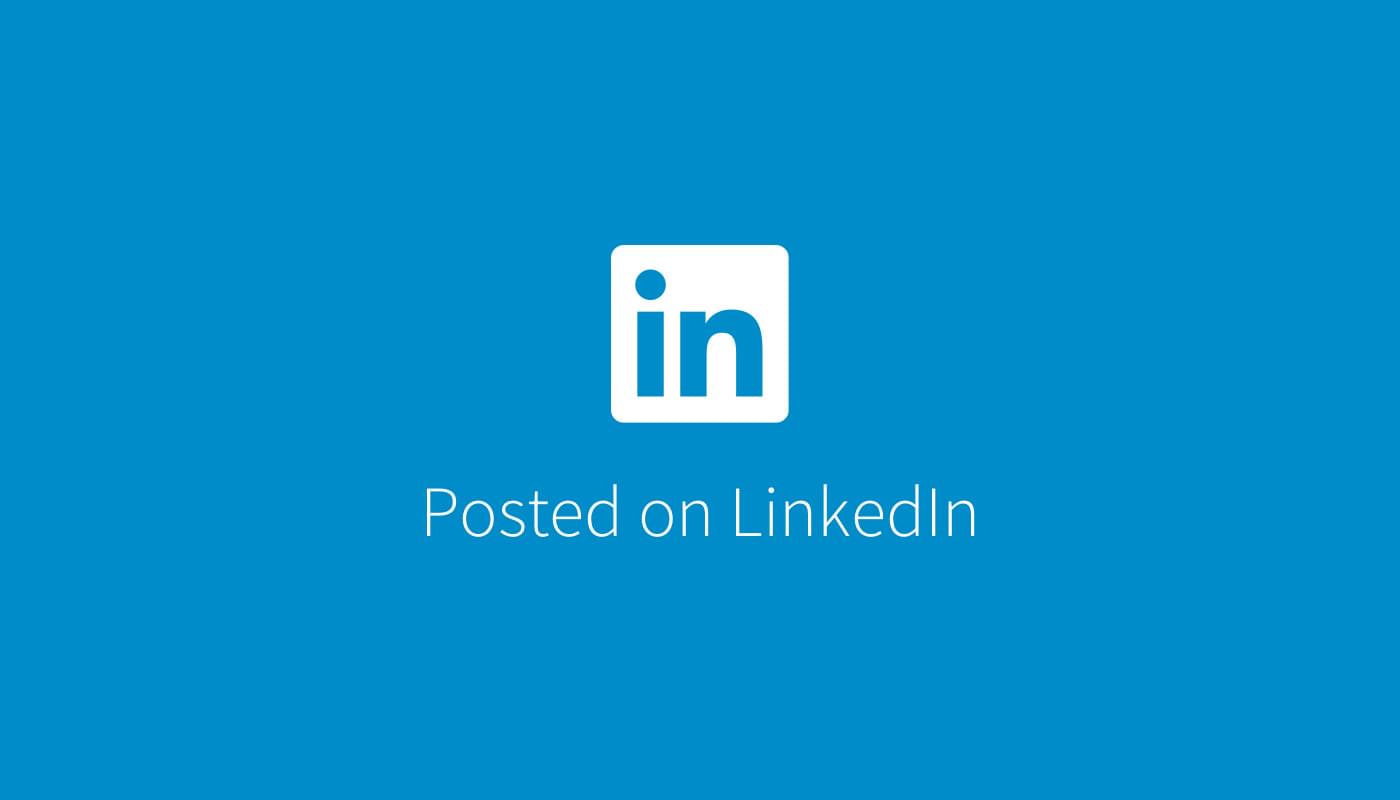
Dear readers, please see the latest issue of the Security & Tech Insights newsletter
Please see the latest issue of the Security & Tech Insights newsletter on the impact of artificial intelligence. Thanks!
Dear readers, please see the latest issue of the Security & Tech Insights newsletter. AI is impacting every aspect of our lives, and this issue provides a compendium of articles that address some of those topics, including cybersecurity. I believe it will be providing a useful resource for everyone interested in emerging tech and cybersecurity, and especially AI. Thanks, and stay safe! Best, Chuck Brooks.
(Kindly follow me on LinkedIn for regular posts on topics of emerging tech, cybersecurity, innovation, risk management, and govcon).
#artificialintelligence #cybersecurity #tech #innovation #future
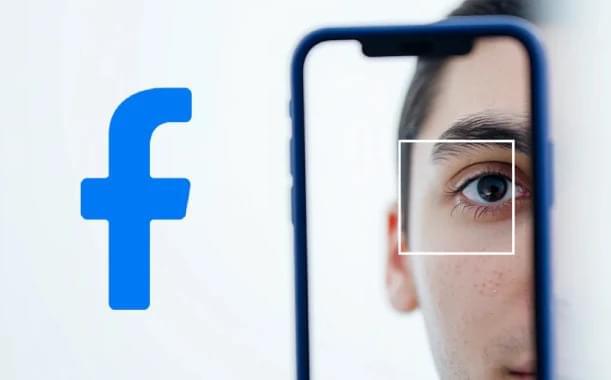
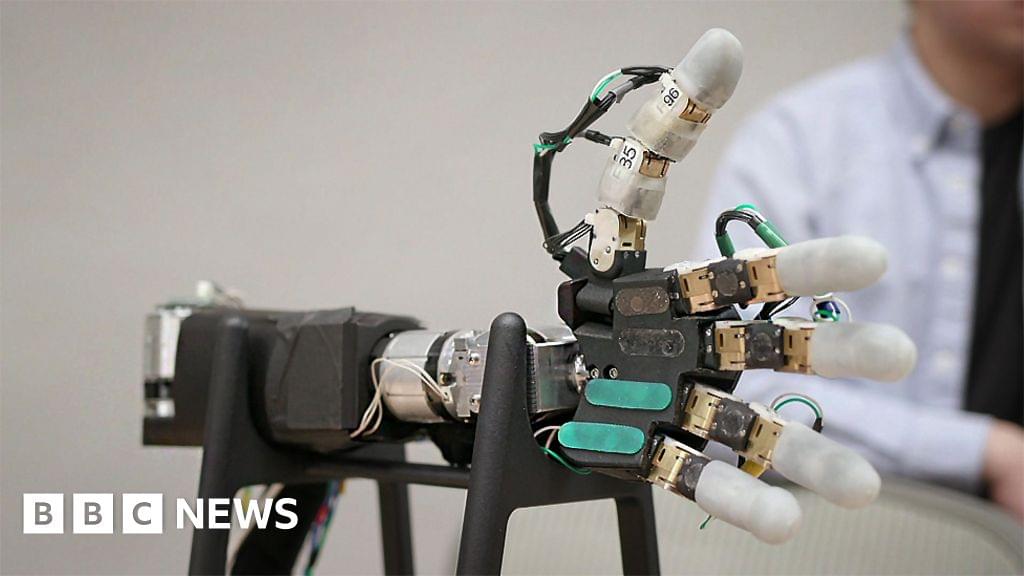
The ‘mind-bending’ bionic arm powered by AI
I was born without lower arms and legs, so I’ve been around prosthetics of all shapes and sizes for as long as I can remember.
I’ve actively avoided those designed for upper arms for most of my adult life, so have never used a bionic hand before.
But when I visited a company in California, which is seeking to take the technology to the next level, I was intrigued enough to try one out — and the results were, frankly, mind-bending.
Prosthetic limbs have come a long way since the early days when they were fashioned out of wood, tin and leather.
Modern-day replacement arms and legs are made of silicone and carbon fibre, and increasingly they are bionic, meaning they have various electronically controlled moving parts to make them more useful to the user. (Feb 2024)
BBC Click reporter Paul Carter tries out a high-tech prosthetic promising a ‘full range of human motion’